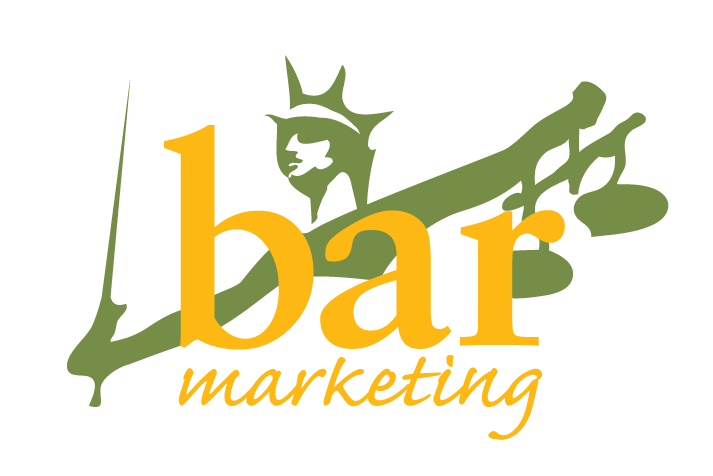How to design the perfect logo
When it comes to logos, some companies are undisputed crown bearers. This visual aspect of these logo heavyweights’ brand identity is universally recognised. For example, think about Apple’s bitten apple or Wikipedia’s jigsaw-puzzle globe.
However, champions of the logo world don’t always use images in their logos. Sometimes, it’s the typeface and colours alone that make logos so distinguishable. For instance, consider Coca Cola’s easily identifiable red handwriting-font.
Of course, what these brand greats have in common is big marketing budgets. With such ample lange und söhne uhren fälschungen funds, it’s possible to create iconic logos such as these. But, we’re here to prove that, even with modest finances, you can still design a knock-out logo.
Here’s how…
Be unique
Forget the old saying “imitation is the best form of flattery”. With logos, plagiarism is a definite no-no. Be original and, once you have some logo artwork in mind, check it out online to be sure a similar form doesn’t already exist elsewhere. You don’t want to land yourself in hot water after all your hard designing work. You can check to see if your logo is already being used here.
The way to achieve true originality is to brainstorm what your brand means to you and other clerks or barristers in your set. Your logo is, after all, your visual keystone and should reflect your chambers’ personality. Researching your clients and prospects is another great way to see how you are currently positioned in the marketplace and what values you are perceived as having. Often there is a huge difference of opinion between what the set believes and what the market believes.
Choose a fitting colour scheme
According to psychologists, every colour has a different, significant implication. Orange suggests creativity, friendliness and youthfulness; black oozes credibility and powerfulness; white’s all about simplicity and purity; etc.
While it may be tempting to opt for bold colours which stand out from the crowd, this may actually be sending the wrong message about your brand. Your colour scheme should support your messaging, not damage it.
Decide upon wordmark and / or symbol
As stated earlier, your logo may comprise a wordmark and / or symbol. When deciding upon typefaces, avoid gimmicky fonts as these often quickly turn out of fashion and can be tricky to read. Helvetica is a simple, well-used logo font. Or, you could maybe use an off-the-shelf font as a starting point and tweak it to your tastes. You must also consider the written version of your company name. Too many designers produce complex fonts that aren't freely available. The result is that chambers' employees will simply use the font that looks closest to the logo, causing a cacophony of typefaces, inconsistency and a huge waste of marketing money.
Your logo should work equally well on paper as well as on multiple digital devices for both off and online purposes.
Additionally, you should be able to use the logo in part or whole form (with the words and symbol or the symbol alone). This gives you much greater flexibility for placement of the logo. Sadly, too many companies have not thought of this and have been left with a cumbersome logo they are unable to use credibly.
Generate diverse logo formats and usage guidelines
Once you’ve arrived at your new logo design, produce it in multiple formats and file types including full colour, reverse (for use on dark or photographic backgrounds) and monochrome (grey and black, all-black and all-white) as gif, jpg and pdf images.
And, some usage guidelines wouldn’t go amiss either. This will clearly define things such as colour palettes, minimum sizing, exclusion areas, shaping and backgrounds with examples throughout of both good and bad practice in collateral such as letterheads, compliments slips, business replica christian dior t shirts cards, tender documents, PowerPoint presentations and adverts. These will ensure your logo’s applied correctly and consistently.
Register your logo and trademarks
You can register your trademark to protect your brand eg. the name of your product or service. When you register your trademark, you’ll be able to: take legal action against anyone who uses your brand without your permission, including counterfeiters; put the ® symbol next to your brand - to show that it’s yours and warn others against using it; and sell and license your brand.
Learn more about registering logos and trademarks here.
Be patient
Your logo won’t become iconic overnight. It’ll gain popularity slowly and build brand awareness gradually. Launching your new-look logo should be supported by marketing activity. Don’t be shy. You’ve spent time and effort on your artwork so tell everyone about it.
Over the years, I’ve worked at a number of high-profile businesses who felt that in order to obtain the perfect logo they needed to spend a fortune. I’ve lost count of the number of times I’ve sat in logo design meetings with some of the UK’s biggest agencies only to be presented with re-hashed AT&T logos or logos dragged up from the early 1970s (the designers tend to be younger and therefore don’t realise that some of us dinosaurs were around when these logos were used first time round and, furthermore, we remember the disasters they were associated with!). In fact, it became so difficult to find an agency that listened to what we, on the client side, needed that we bought an up-and-coming agency and put our faith in them. Twenty years after that first meeting, that agency is now the graphic design element of Bar Marketing!
Hence, we’re able to offer a cost-effective logo design service that understands how the brand identity will be used in everyday life and how to represent your brand value. To benefit from our extensive experience, complete our contact form for further details.
